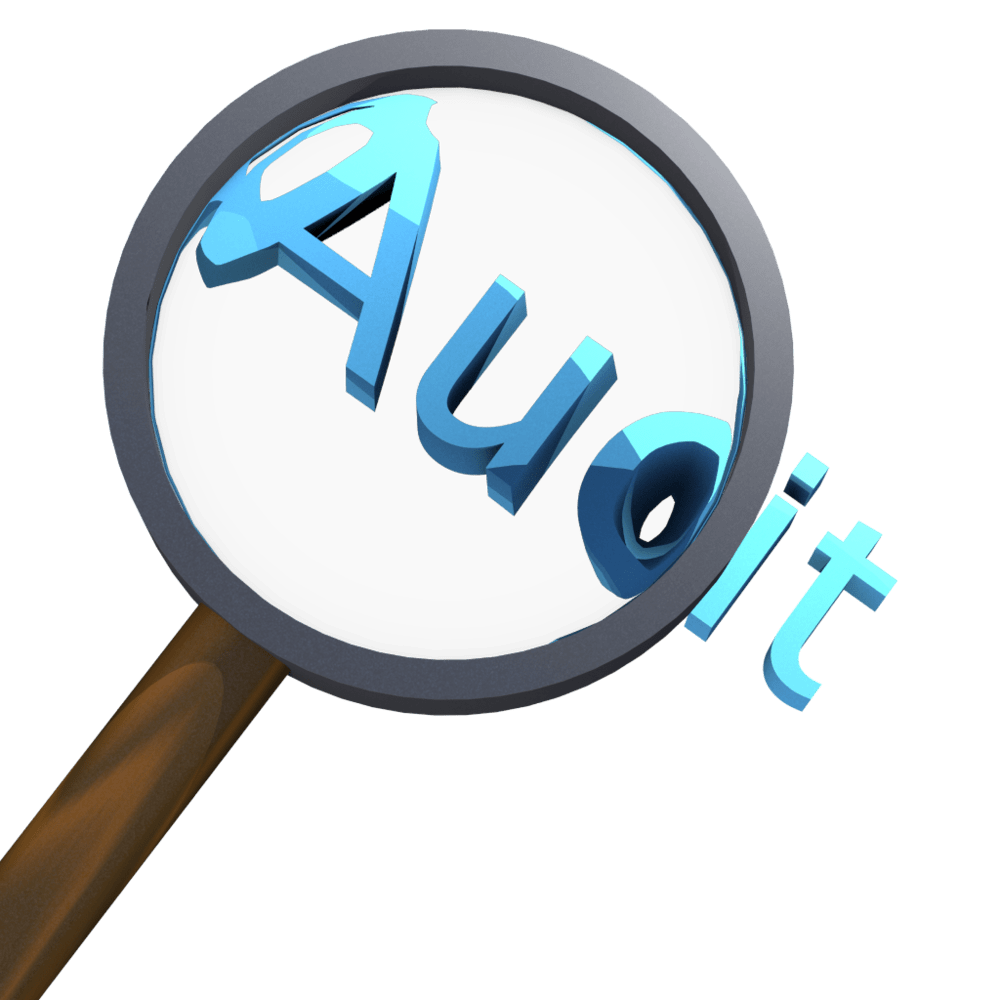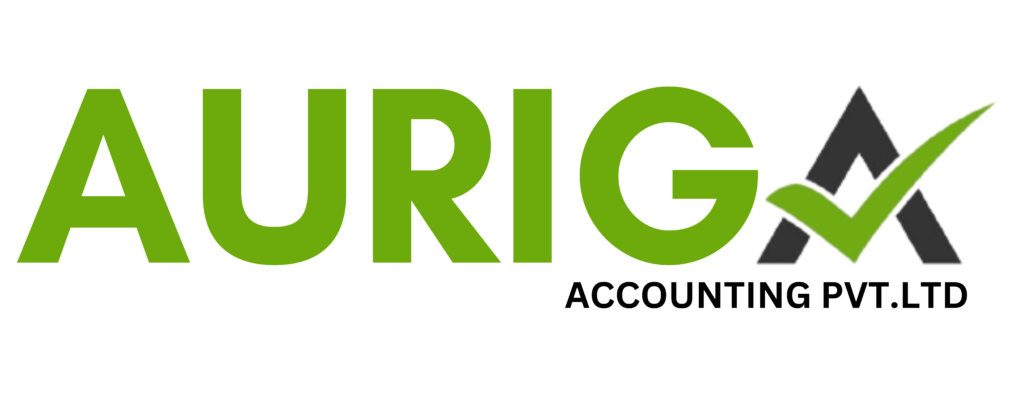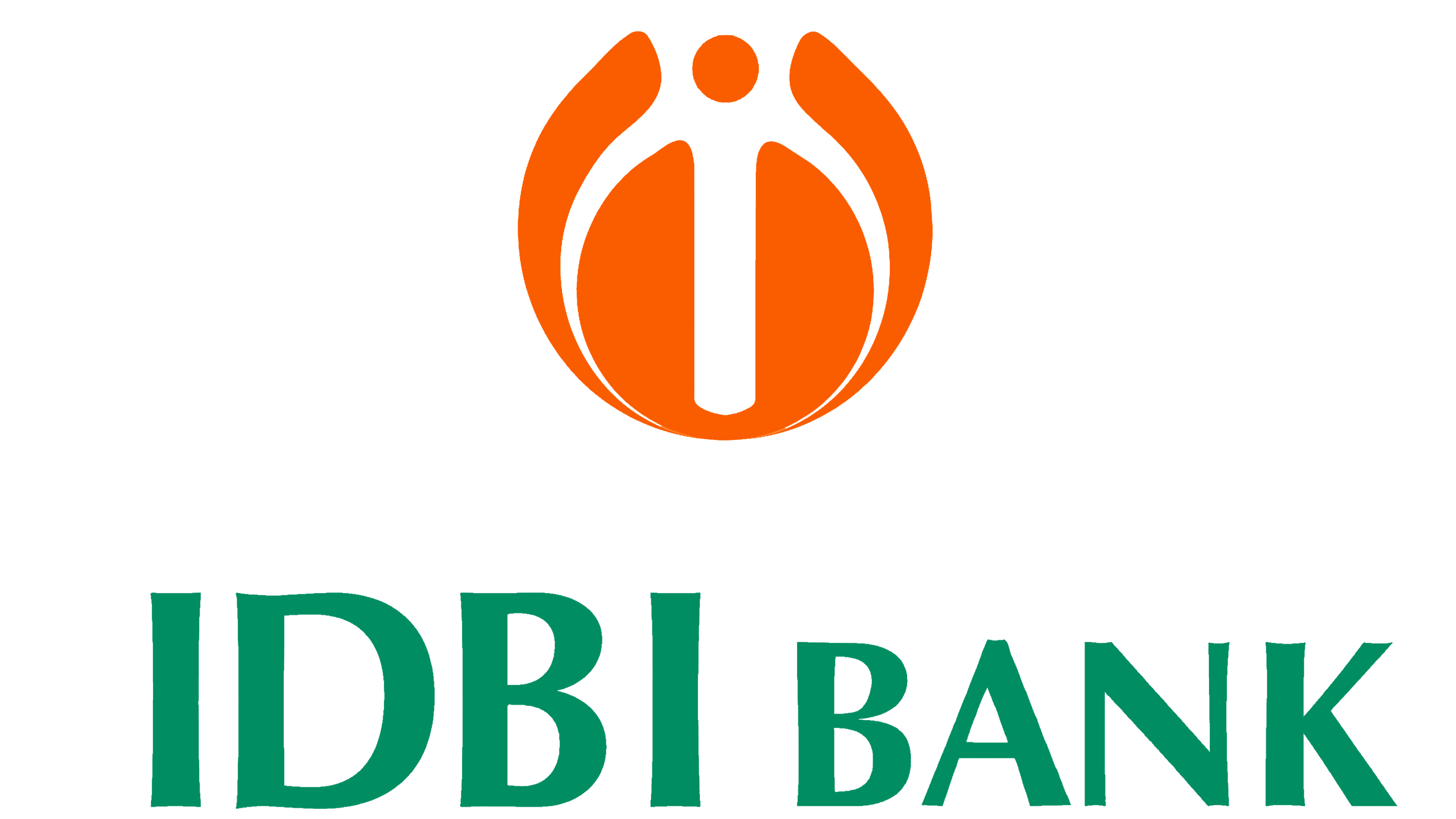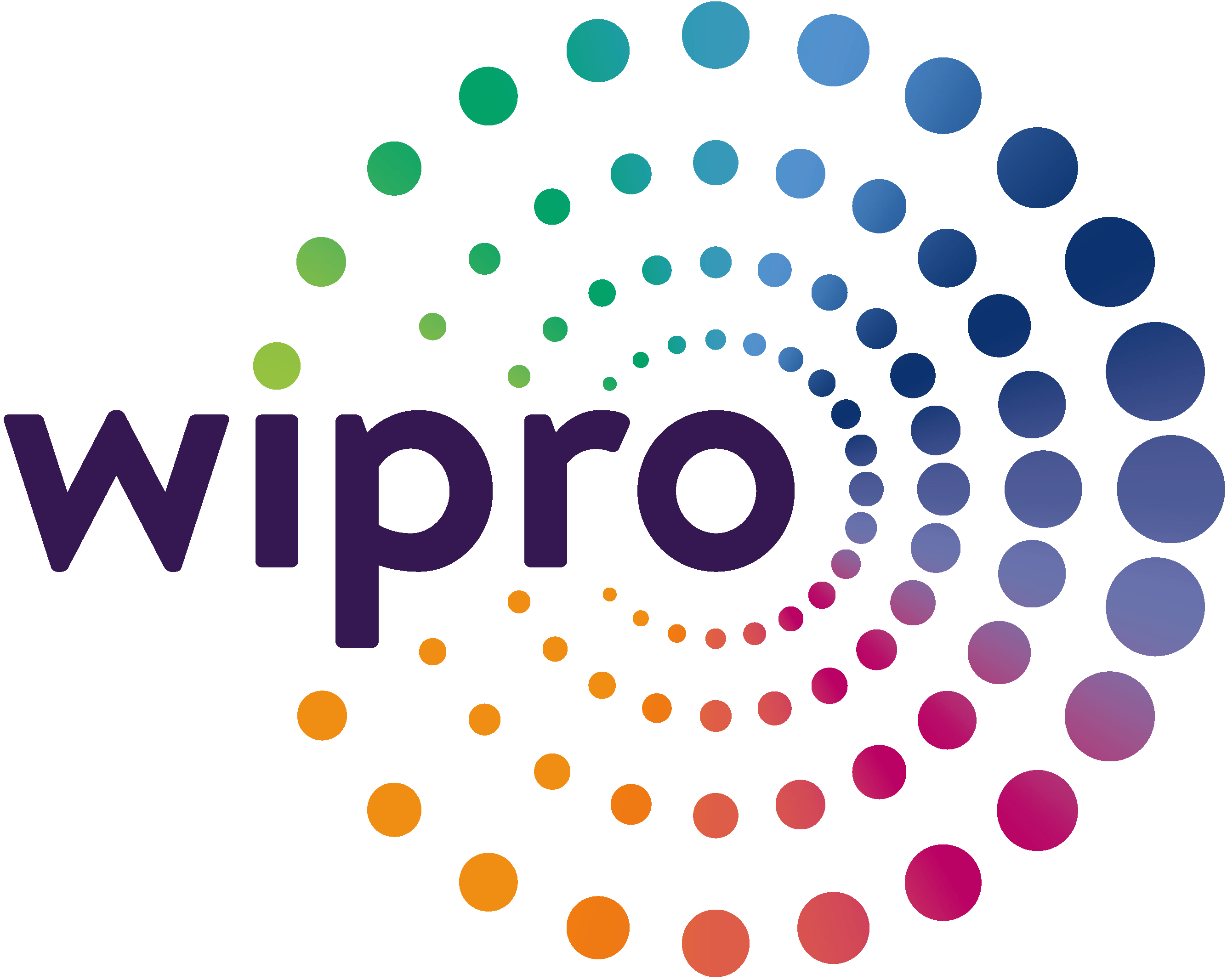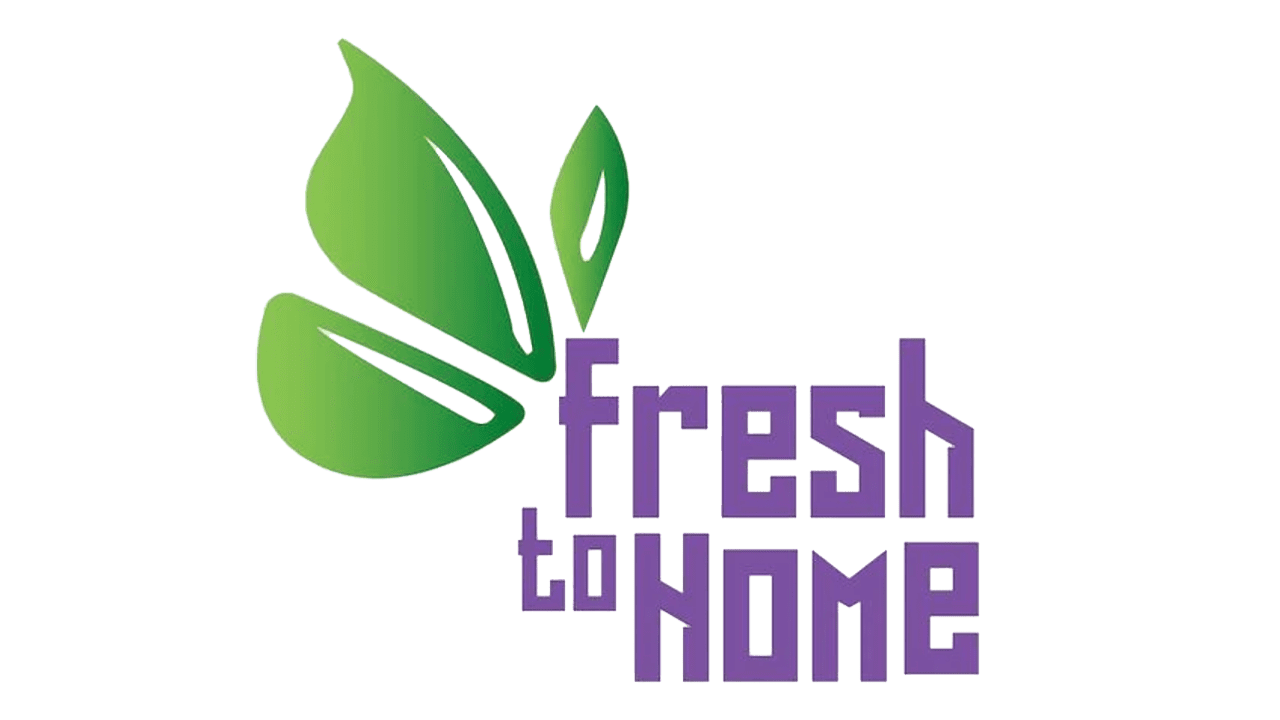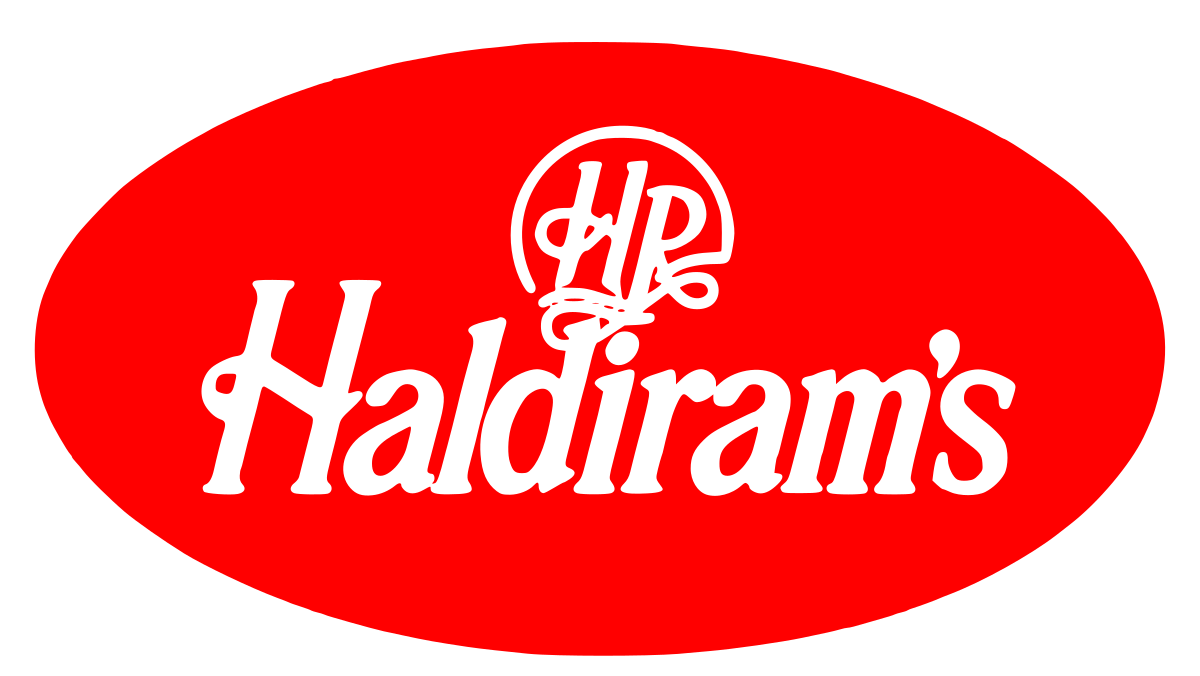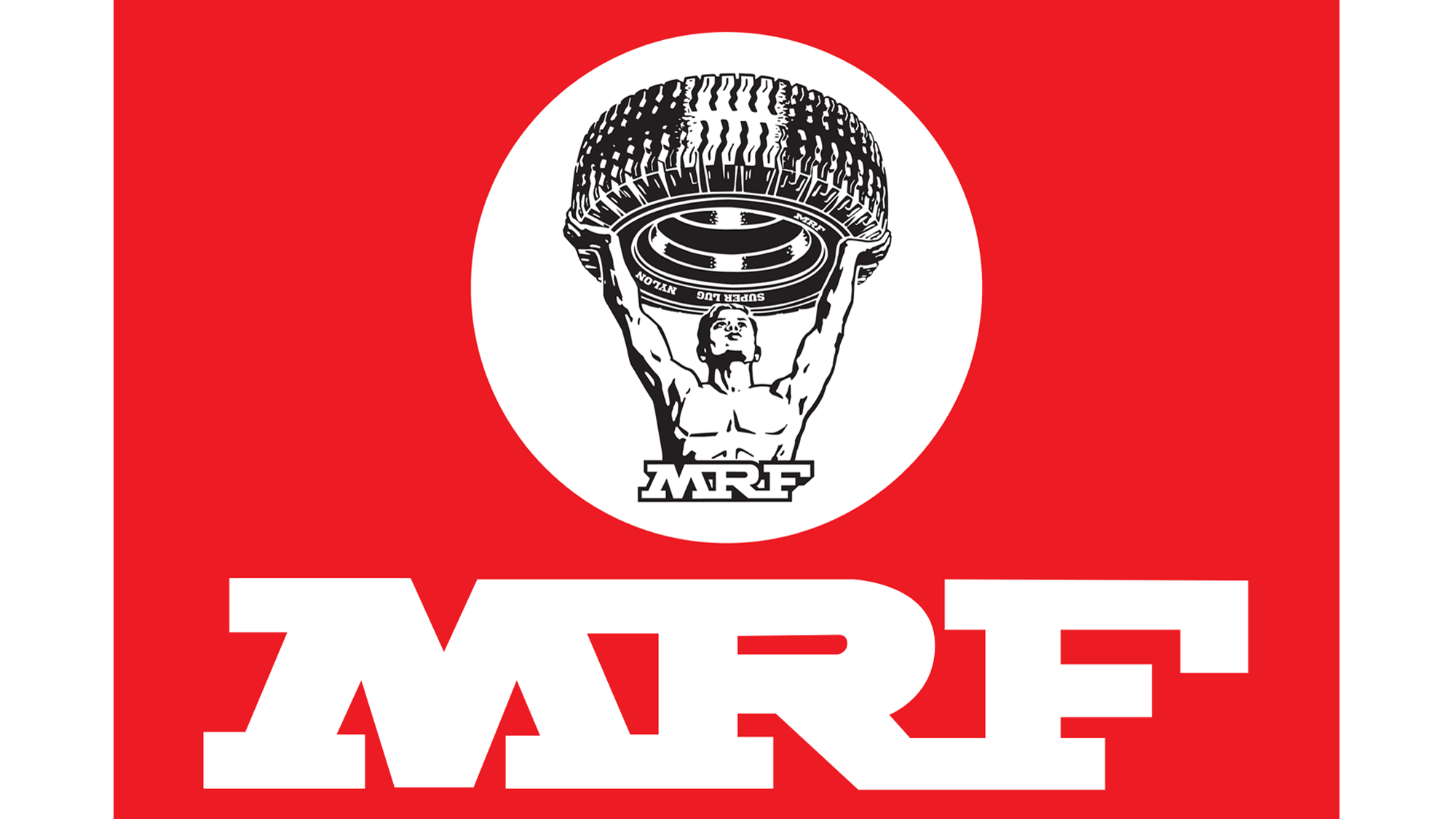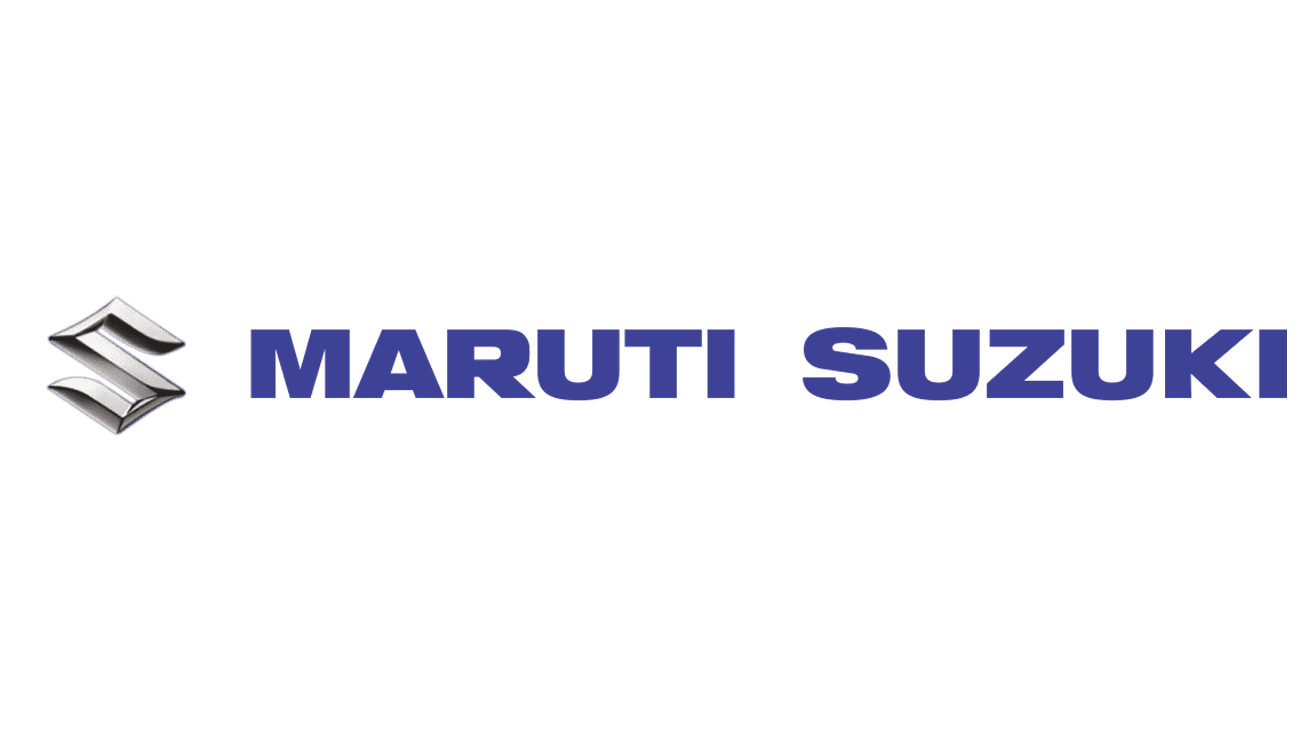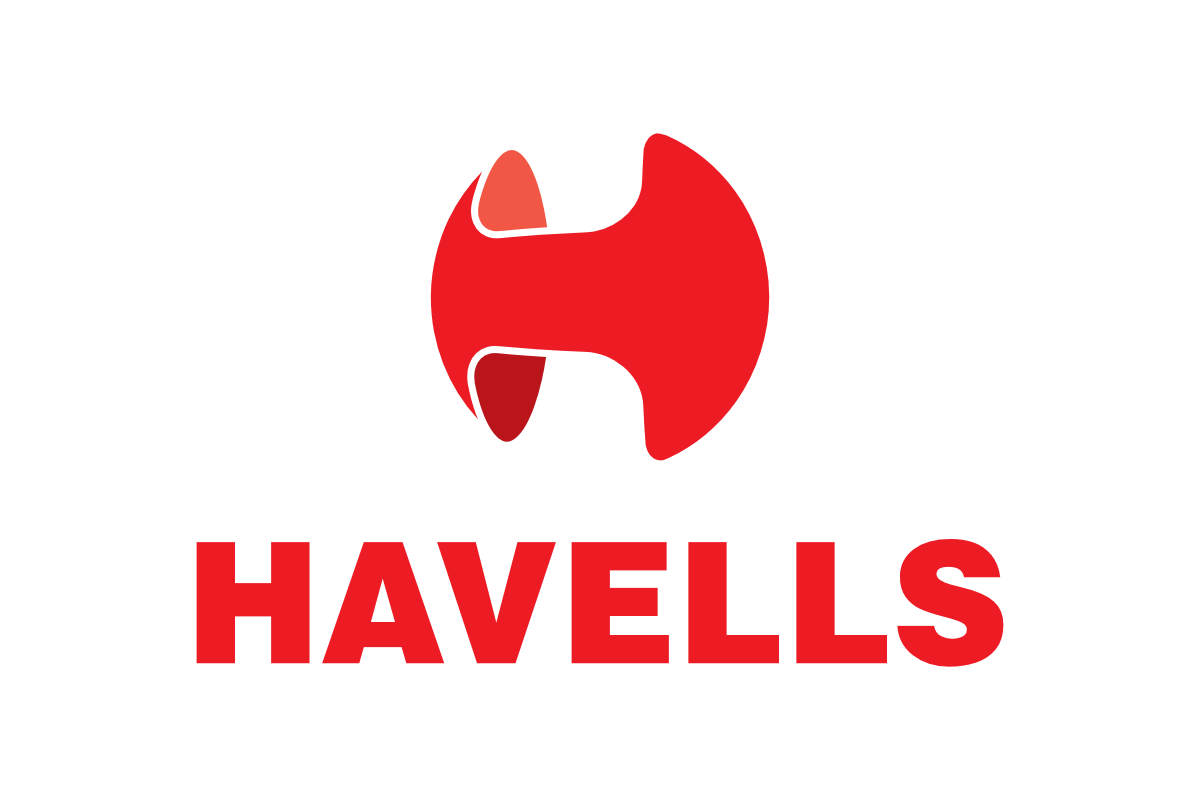Clause 1: Scope
Defines the extent of the ISO 9001:2015 standard, specifying requirements for a Quality Management System applicable to any organization.
Clause 2: Normative References
References ISO 9001:2015, which provides essential fundamentals and terminology necessary for applying the standard.
Clause 3: Terms & Definitions
Uses terminology directly from ISO 9000:2015, covering vocabulary and basic concepts related to QMS.
Clause 4: Context of the Organization
Highlights the importance of aligning business objectives with the QMS by understanding external and internal issues, stakeholder needs, and the scope of the QMS.
Clause 5: Leadership
Emphasizes top management’s role in demonstrating leadership, establishing quality policies, and ensuring responsibilities are clearly communicated and understood.
Clause 6 (Planning for the QMS):
Focuses on planning to address risks, opportunities, organizational changes, and setting quality objectives.
Clause 7: Support
Addresses the resources needed for the QMS, including employee competence, awareness, resource provision, and documented information.
Clause 8: Operation
Covers control and planning of processes to deliver goods and services, including production, service provision, design, development, and supplier management.
Clause 9: Performance Evaluation
Requires organizations to monitor, measure, analyze, and evaluate the effectiveness of the QMS.
Clause 10: Improvement
Focuses on continual improvement by identifying opportunities, addressing non-conformities, taking corrective actions, and enhancing the QMS.

